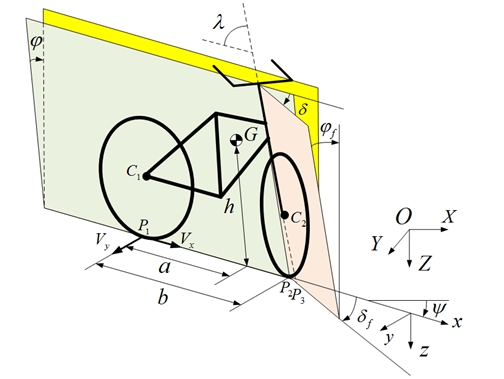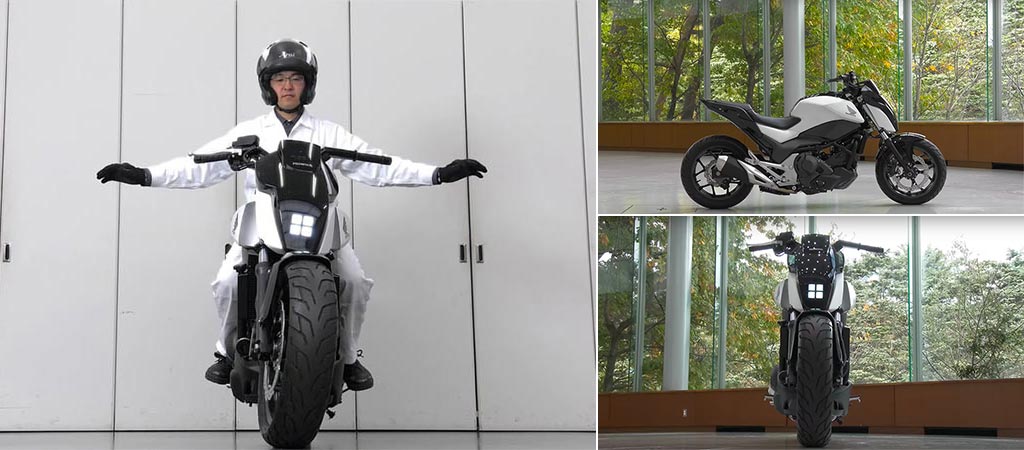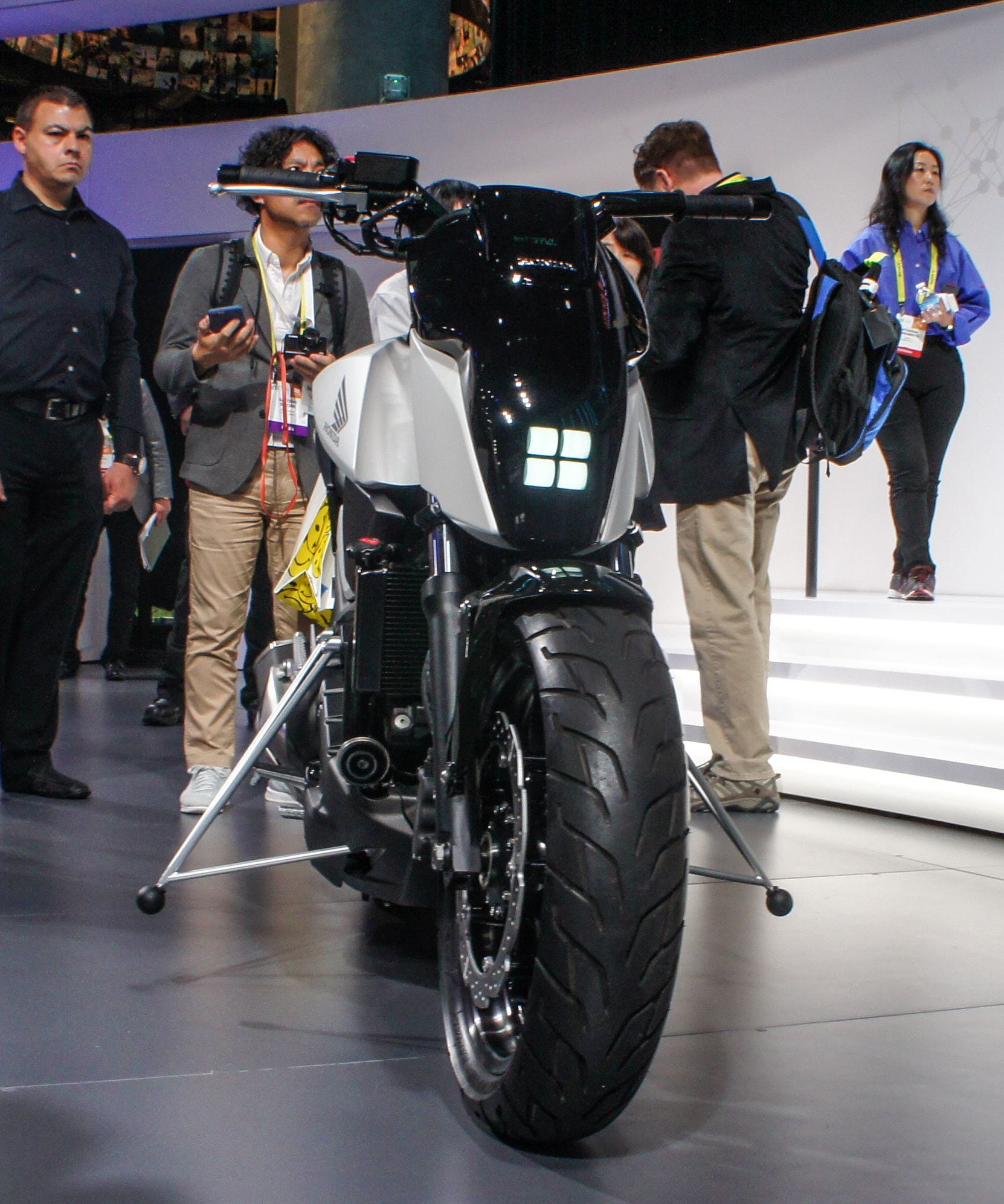What are Self-Balancing Bikes?
Self-balancing bikes, also known as self-balancing scooters or hoverboards, are personal transportation devices that use advanced technology to remain upright without assistance. These innovative vehicles have two wheels and a platform in between for the rider to stand on. Unlike traditional bikes, self-balancing bikes do not have handlebars or pedals, making them a unique and modern alternative for short-distance travel.
The Evolution of Self-Balancing Bikes
Self-balancing bikes have come a long way since their inception. The concept of self-balancing personal transportation devices has been around for decades, but it wasn’t until the early 21st century that they began to gain popularity. The first self-balancing bikes were primarily used for recreational purposes, but as technology advanced, so did their capabilities and potential applications.
In the past few years, self-balancing bikes have become increasingly sophisticated, with improved sensors, motors, and control systems. These advancements have led to faster speeds, longer ranges, and better stability, making self-balancing bikes a viable option for short-distance commuting and recreation. Furthermore, the integration of smartphone apps and other innovative features has enhanced the user experience and increased their appeal to a wider audience.
As technology continues to evolve, we can expect self-balancing bikes to become even more advanced and versatile. Future developments may include improved battery technology, advanced AI systems, and enhanced safety features. With their unique combination of convenience, eco-friendliness, and health benefits, self-balancing bikes are poised to play an increasingly important role in the future of personal transportation.
How Do Self-Balancing Bikes Work?
Self-balancing bikes use a combination of sensors, motors, and control systems to maintain their balance and stability. At the heart of a self-balancing bike is an inertial measurement unit (IMU), which consists of accelerometers and gyroscopes that detect changes in the bike’s position and orientation. When the bike tilts in a certain direction, the IMU sends a signal to the motor, which adjusts the speed of the wheels to compensate for the tilt and keep the bike upright.
The control system of a self-balancing bike is responsible for interpreting the signals from the IMU and adjusting the motor’s speed accordingly. This system uses complex algorithms to ensure that the bike remains stable, even when navigating rough terrain or changing direction. Some self-balancing bikes also feature advanced features such as smartphone apps, GPS tracking, and Bluetooth connectivity, which enhance the user experience and provide additional functionality.
Riding a self-balancing bike is a unique experience that requires a different set of skills than traditional bikes. To ride a self-balancing bike, riders need to maintain their balance by shifting their weight and using subtle body movements to control the bike’s direction and speed. While it may take some practice to get the hang of it, many people find self-balancing bikes to be intuitive and easy to use once they get the hang of it.
Top Self-Balancing Bikes on the Market
Self-balancing bikes have gained popularity in recent years as a convenient and eco-friendly mode of transportation. With so many options available, it can be challenging to determine which self-balancing bike is the best fit for your needs and budget. Here are some of the top self-balancing bikes on the market, along with their features, benefits, and drawbacks.
Segway Ninebot S
The Segway Ninebot S is a popular self-balancing bike that boasts a top speed of 10 mph and a range of 13.7 miles. It features a durable and lightweight design, making it easy to transport and maneuver. The Ninebot S also has a mobile app that allows riders to monitor their speed, battery life, and other important metrics. However, it is one of the more expensive options on the market, with a price tag of around $700.
Swagtron Swagboard Pro T1
The Swagtron Swagboard Pro T1 is a more affordable self-balancing bike that offers a top speed of 8 mph and a range of 11 miles. It features a sleek and modern design, along with a learning mode that helps new riders get up to speed. The Swagboard Pro T1 also has a UL 2272 certification, ensuring its safety and reliability. However, it may not be as durable as more expensive options.
Gotrax Hoverfly ECO
The Gotrax Hoverfly ECO is another budget-friendly self-balancing bike that offers a top speed of 7.4 mph and a range of 9 miles. It features a compact and lightweight design, making it easy to store and transport. The Hoverfly ECO also has a training mode that helps new riders build their skills and confidence. However, it may not be as fast or have as long of a range as more expensive options.
Razor Hovertrax 2.0
The Razor Hovertrax 2.0 is a mid-range self-balancing bike that offers a top speed of 8 mph and a range of 11 miles. It features a durable and stylish design, along with a training mode and a shatter-resistant polymer frame. The Hovertrax 2.0 also has a UL 2272 certification, ensuring its safety and reliability. However, it may not be as fast or have as long of a range as some higher-end options.
EPIKGO Self Balancing Scooter
The EPIKGO Self Balancing Scooter is a high-end self-balancing bike that offers a top speed of 10 mph and a range of 12 miles. It features a durable and water-resistant design, along with all-terrain tires that can handle a variety of surfaces. The EPIKGO also has a UL 2272 certification, ensuring its safety and reliability. However, it is one of the more expensive options on the market, with a price tag of around $700.
How to Ride a Self-Balancing Bike
Riding a self-balancing bike can be an exciting and convenient way to get around, but it may take some practice to master. Here are some tips and advice on how to ride a self-balancing bike, including proper posture, balance, and control. We’ll also cover safety precautions and recommendations for protective gear.
Getting Started
Before you start riding, make sure you have a safe and flat surface to practice on. Put on any protective gear, such as a helmet, knee pads, and elbow pads, to minimize the risk of injury. Turn on your self-balancing bike and make sure it’s charged and in good working condition.
Mounting the Bike
To mount the bike, stand next to it and place one foot on the platform. Then, gently lean your body weight onto the bike while lifting your other foot onto the platform. Make sure both feet are firmly planted on the platform and centered between the wheels.
Finding Balance
To find balance, keep your knees slightly bent and your back straight. Look straight ahead and avoid looking down at your feet. Use your body weight to control the bike’s movement, shifting your weight forward or backward to move forward or backward. To turn, shift your weight to the left or right.
Practicing Control
Once you feel comfortable with the basics, practice controlling your speed and direction. Start by practicing at a slow speed and gradually increase your speed as you become more confident. Practice turning and stopping, and make sure you’re comfortable with the bike’s braking system.
Safety Precautions
When riding a self-balancing bike, always prioritize safety. Avoid riding in crowded areas or on uneven surfaces. Follow all traffic laws and regulations, and make sure you’re visible to other vehicles and pedestrians. Always wear protective gear, and never ride under the influence of drugs or alcohol.
Protective Gear
While not required by law, wearing protective gear can help minimize the risk of injury. At a minimum, consider wearing a helmet to protect your head in case of a fall. Knee and elbow pads can also help protect your joints and soft tissue in case of a fall.
The Benefits of Using Self-Balancing Bikes
Self-balancing bikes offer a range of benefits that make them an attractive alternative to traditional transportation methods. From convenience to eco-friendliness, there are many reasons why self-balancing bikes are gaining popularity. Here are some of the key benefits of using self-balancing bikes:
Convenience
One of the biggest advantages of self-balancing bikes is their convenience. They are lightweight, portable, and easy to maneuver, making them ideal for short trips around the city or campus. Self-balancing bikes can also be used in a variety of settings, from crowded streets to narrow sidewalks, making them a versatile mode of transportation.
Eco-Friendliness
Self-balancing bikes are also an eco-friendly mode of transportation. They produce no emissions, making them a great alternative to cars and other gas-powered vehicles. Self-balancing bikes are also energy-efficient, requiring only a small battery to operate. This makes them a sustainable choice for those looking to reduce their carbon footprint.
Health Benefits
Using a self-balancing bike can also have health benefits. Riding a self-balancing bike requires balance and coordination, which can help improve core strength and stability. Self-balancing bikes can also be used for exercise, providing a low-impact workout that can help improve cardiovascular health and overall fitness.
Cost-Effective
Self-balancing bikes are also a cost-effective mode of transportation. They are generally less expensive than cars or other gas-powered vehicles, and they require minimal maintenance. Self-balancing bikes are also energy-efficient, which can help reduce energy costs over time.
Unique Value Proposition
Finally, self-balancing bikes offer a unique value proposition that sets them apart from other modes of transportation. They are fun and exciting to ride, providing a unique experience that can’t be replicated on a traditional bike or car. Self-balancing bikes are also a great way to explore new places, providing a fun and convenient way to get around.
Comparing Self-Balancing Bikes to Other Modes of Transportation
When compared to other modes of transportation, self-balancing bikes offer a number of advantages. They are more convenient than cars, which require parking and can be difficult to maneuver in crowded areas. Self-balancing bikes are also more eco-friendly than cars, producing no emissions and requiring minimal energy to operate. Additionally, self-balancing bikes offer a unique experience that can’t be replicated on a traditional bike or car, making them a great choice for those looking for something new and exciting.
The Challenges and Limitations of Self-Balancing Bikes
While self-balancing bikes offer many benefits, they also have some limitations and challenges that are important to consider. Here are some of the key challenges and limitations of self-balancing bikes:
Range
One of the biggest challenges of self-balancing bikes is their range. Most self-balancing bikes have a limited range of around 10-20 miles on a single charge, which may not be sufficient for longer commutes or trips. This can be mitigated by carrying a backup battery or charging the bike during the day, but it is still an important consideration.
Speed
Self-balancing bikes are also not as fast as other modes of transportation, with top speeds ranging from 10-20 mph. This can make them less practical for longer trips or for use in areas with high speed limits. However, for short trips around the city or campus, self-balancing bikes can be a convenient and efficient mode of transportation.
Charging Time
Another challenge of self-balancing bikes is their charging time. Most self-balancing bikes take several hours to charge, which can be inconvenient for those who need to use their bike frequently. However, some newer models offer faster charging times, which can help mitigate this challenge.
Cost
Self-balancing bikes can also be expensive, with prices ranging from several hundred to several thousand dollars. This can make them less accessible to some consumers, particularly those on a tight budget. However, there are also more affordable options available, which can make self-balancing bikes a viable option for a wider range of consumers.
Regulations and Safety Concerns
Finally, self-balancing bikes are subject to a variety of regulations and safety concerns. In some areas, self-balancing bikes are not allowed on sidewalks or roads, which can limit their usefulness. Additionally, there have been some safety concerns related to self-balancing bikes, particularly in relation to falls and injuries. However, many self-balancing bikes come with safety features such as automatic shut-off and fall detection, which can help mitigate these risks.
Mitigating the Challenges and Limitations
While self-balancing bikes have some challenges and limitations, there are also ways to mitigate these issues. For example, carrying a backup battery or charging the bike during the day can help extend its range. Additionally, using the bike for shorter trips or in areas with lower speed limits can help make up for its slower speed. Finally, staying up-to-date on regulations and safety concerns, and using safety gear such as helmets and pads, can help ensure a safe and enjoyable riding experience.
Self-Balancing Bikes: The Future of Personal Transportation?
Self-balancing bikes have the potential to revolutionize personal transportation, offering a convenient, eco-friendly, and fun way to get around. With their unique ability to remain upright without assistance, self-balancing bikes offer a new level of convenience and accessibility for commuters and urban dwellers.
The Future of Self-Balancing Bikes
As technology continues to advance, we can expect to see even more innovative and exciting developments in the world of self-balancing bikes. From faster speeds and longer ranges to improved safety features and more accessible designs, the future of self-balancing bikes is bright.
Opportunities and Challenges
While self-balancing bikes offer many opportunities for innovation and growth, they also face some challenges and limitations. From regulatory hurdles and safety concerns to technical challenges and cost barriers, there are many factors that will shape the future of self-balancing bikes.
Regulatory Hurdles
One of the biggest challenges facing self-balancing bikes is regulatory hurdles. In many cities and countries, self-balancing bikes are not yet legal on sidewalks or roads, which can limit their usefulness and accessibility. However, as more cities and countries recognize the potential benefits of self-balancing bikes, we can expect to see more regulations that support their use and growth.
Safety Concerns
Another challenge facing self-balancing bikes is safety concerns. While self-balancing bikes are generally safe and easy to use, there is always a risk of accidents and injuries. However, many self-balancing bikes come with safety features such as automatic shut-off and fall detection, which can help mitigate these risks. Additionally, as more people become familiar with self-balancing bikes, we can expect to see a decrease in accidents and injuries.
Technical Challenges
Self-balancing bikes also face some technical challenges, such as improving their range, speed, and charging time. However, as technology continues to advance, we can expect to see improvements in these areas. For example, newer models of self-balancing bikes are already offering faster speeds, longer ranges, and faster charging times, making them even more practical and convenient for everyday use.
Cost Barriers
Finally, self-balancing bikes can be expensive, with prices ranging from several hundred to several thousand dollars. However, as more companies enter the market and competition increases, we can expect to see prices decrease over time. Additionally, as self-balancing bikes become more popular and widely adopted, we can expect to see more affordable options become available.
Conclusion
Self-balancing bikes offer a unique and exciting opportunity to revolutionize personal transportation, offering a convenient, eco-friendly, and fun way to get around. While there are some challenges and limitations to overcome, the future of self-balancing bikes is bright, with many opportunities for innovation and growth ahead.







